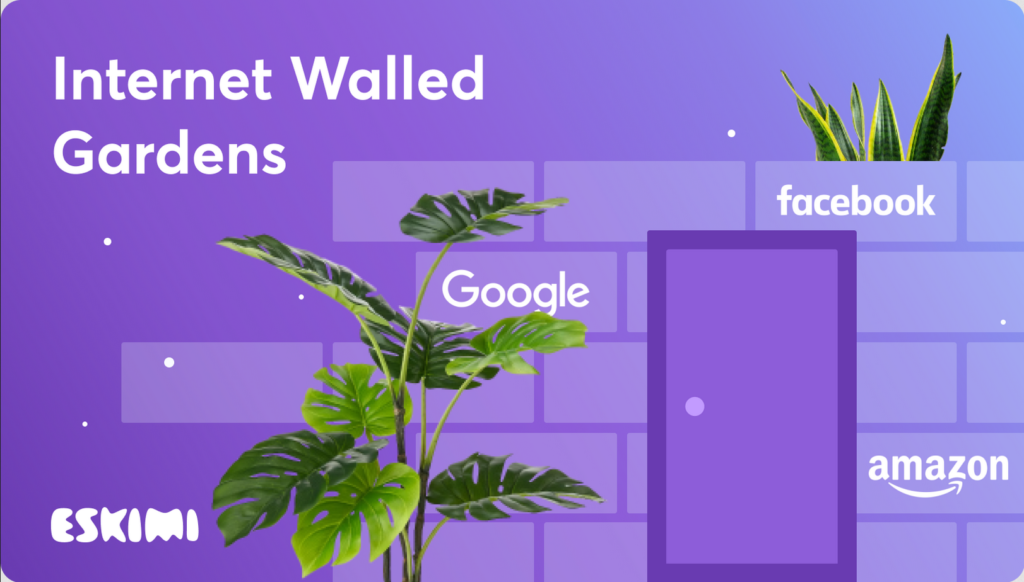After dominating the digital advertising landscape for an extended period, tech giant Google is now witnessing a shift in its share of ad budgets globally. Industry observers note that YouTube and Search, traditionally strong pillars of the company’s performance, are exhibiting signs of weakness, attributed to marketers exploring alternative platforms.
In the fiscal year 2022, Google reported an ad revenue of Rs 24,000 crore from India, marking a significant 75% increase from the previous year. However, the narrative is evolving, with prominent Indian advertisers reducing their allocations for digital platforms like Google, according to insights from media planners.

Paras Mehta, Business Head of Matterkind, a Reprise network company, highlighted that leading FMCG brands and others are increasingly open to understanding and exploring new opportunities. Advertisers are now allocating 15-20% of their ad spends for ‘Test-Learn-Scale’ on platforms beyond the established walled gardens, aiming to connect with their target audience in the ‘Open Web.’ This trend is expected to grow as more advertisers adopt a similar approach.
Google, Meta, and other major digital advertising platforms are often referred to as ‘walled gardens,’ signifying closed ecosystems with total control over content, ad inventory, and other aspects. While Google commands a substantial market share globally, with nearly 8.5 billion daily searches, new entrants like eCommerce platforms are diverting ad revenues. Notably, eCommerce giants Flipkart and Amazon India alone garnered Rs 7,000 crore in ad revenue.

Ashish Bhasin, Co-Founder and Chairman of RD&X Network, pointed out the proliferation of walled gardens from two to 2,000 in recent years, challenging the duopoly enjoyed by Google and Meta. Emerging platforms such as eCommerce brands and LinkedIn are gradually eroding their dominance.
Despite the overall growth in advertising revenues in India, the walled gardens are facing increased competition from new digital ad platforms like Amazon and Flipkart. This trend mirrors international markets where TikTok has emerged as a significant challenger, contributing to a decline in Google and Meta’s market share in the US.

Marketers express concerns about factors such as inflation, negative market sentiment, and global events impacting Google and Meta’s growth. The impact is evident in the US, where TikTok is cited as the main reason for the shrinking ad supply to the two tech giants.
Some media agencies report a tightening of ad budgets in Q3, affecting digital ad spend as a whole. Advertisers, including major brands, have reduced their digital advertising budgets, with potential further reductions in the fourth quarter.
While some agencies have not witnessed significant declines in Google’s ad budget allocations, others highlight the robustness of Google’s ad platform DV360. However, the availability of multiple options, including Amazon, Walmart, and others, has led media planners to propose several alternatives to advertisers.

Advertisers are increasingly investing in first-party data in anticipation of Google’s planned deprecation of cookies. This shift allows them to be platform-agnostic in their approach and reduces dependence on tech giants. There is a growing need for a “Platform of Platforms” that integrates advertising technology and marketing technology to break silos.
As brands strengthen their websites with SEO strategies, they aim to reduce dependence on audiences available through walled gardens. The industry is also witnessing the emergence of the Privacy Sandbox initiative by Google, focusing on developing privacy-preserving alternatives to third-party cookies and cross-site tracking.
The article concludes by mentioning that Google’s response to these market trends is awaited, as e4m reached out to the company for its perspective.
